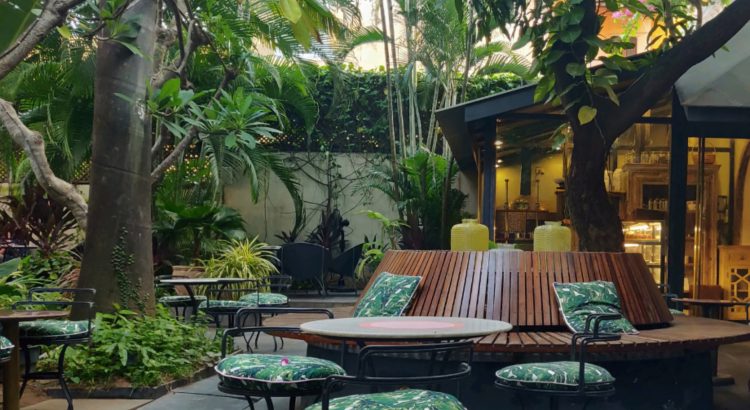When you envision an oceanfront restaurant, the imagery that comes to mind is often a harmonious blend of structural beauty and the vast, unending majesty of the sea. The challenge, however, is to make this vision a reality. Designing the perfect oceanfront restaurant is an intricate balance of aesthetics, functionality, and respect for nature. Let’s delve into the unique challenges and solutions that architects and designers embrace in this endeavor.
-
Maximizing the Views
The primary allure of an oceanfront restaurant is its proximity to the water. Therefore, optimizing views becomes paramount. Large panoramic windows, open terraces, and strategically placed seating ensure that every diner gets a taste of the ocean’s grandeur. The use of retractable walls or floor-to-ceiling glass panels can create an immersive experience, blurring the lines between the indoors and the vast expanse outside.
-
Sustainable and Resilient Designs
Given their proximity to the ocean, these restaurants need to be prepared for the forces of nature – be it high tides, storms, or even the corrosive salt in the air. Utilizing sustainable materials that are resistant to corrosion, as well as designing structures that can withstand the occasional onslaught of nature, is crucial.
Moreover, as ambassadors of oceanic beauty, many modern oceanfront restaurants are also championing eco-friendly designs. Solar panels, rainwater harvesting systems, and the use of recycled or locally sourced building materials all play a role in minimizing the environmental footprint.
-
Incorporating Local Flavors
Every coastal region has its unique charm and characteristics. Infusing local elements into the design can enhance the restaurant’s connection to its location. Whether it’s using traditional building techniques, local artistry, or materials sourced from the region, this localized touch can make the establishment resonate more deeply with both locals and visitors.
-
Navigating Environmental Regulations
Building along the coast often comes with a myriad of regulations aimed at preserving the natural beauty and ecological balance of the area. Successful oceanfront restaurant designs take into account these regulations right from the conceptual phase. This involves liaising with local authorities, understanding the environmental impact, and ensuring that the establishment coexists harmoniously with its surroundings.
-
Crafting the Interior Atmosphere
The interior design of the restaurant should complement the external beauty. Using natural materials, reflecting oceanic themes, and ensuring a spacious layout can enhance the diner’s connection to the sea. Moreover, the acoustics play a significant role. The sound of crashing waves can be a highlight, but at times, the restaurant might need to buffer against stronger ocean sounds, ensuring a serene dining experience.
Conclusion
Creating the perfect oceanfront restaurant is a dance between man’s architectural dreams and nature’s grand design. It’s not just about constructing a building by the sea, but rather crafting an experience that pays homage to the ocean’s splendor. Through thoughtful design, sustainable practices, and a deep understanding of the locale, architects and designers can birth establishments that are not just venues for dining but sanctuaries where gastronomy and scenic beauty coalesce in harmony.





